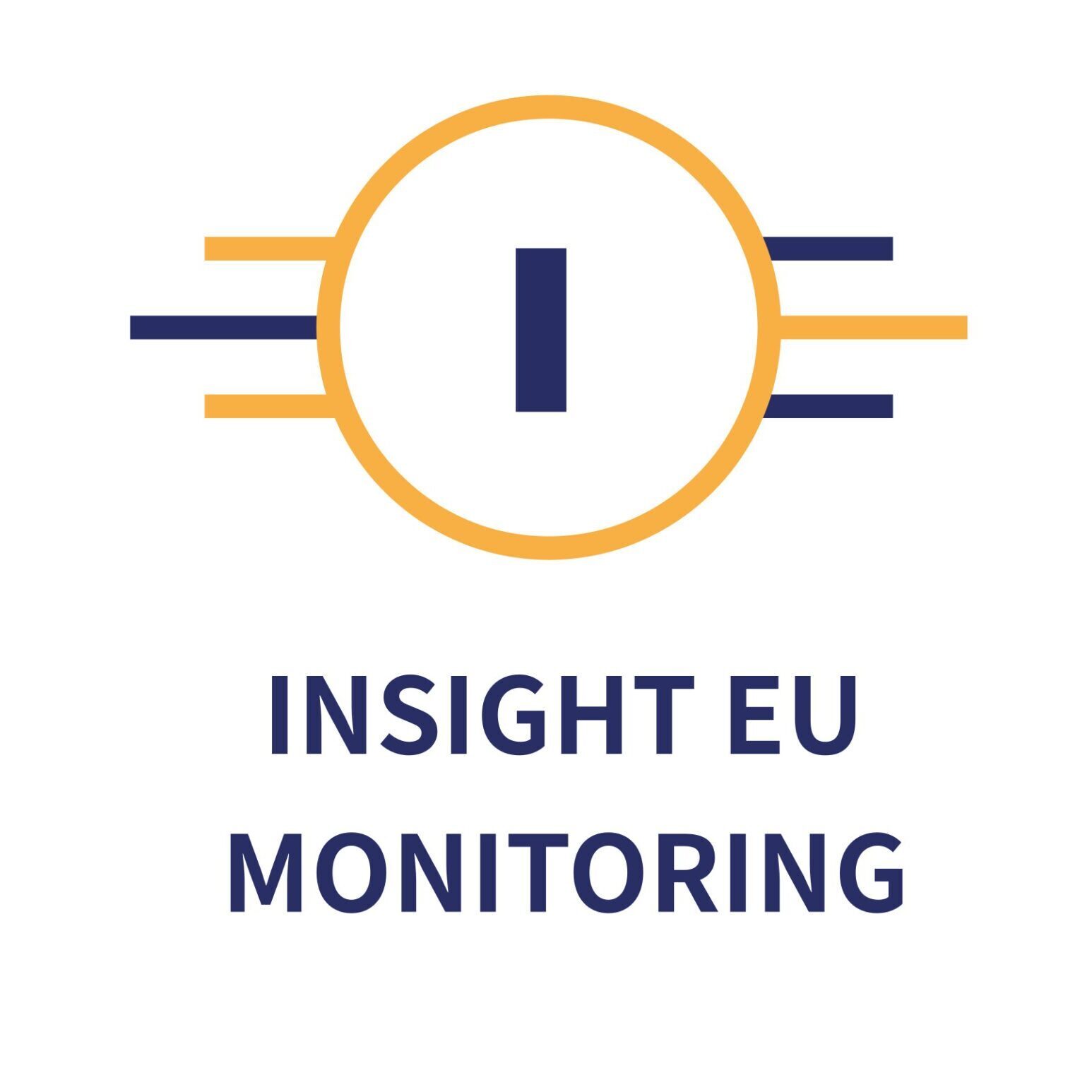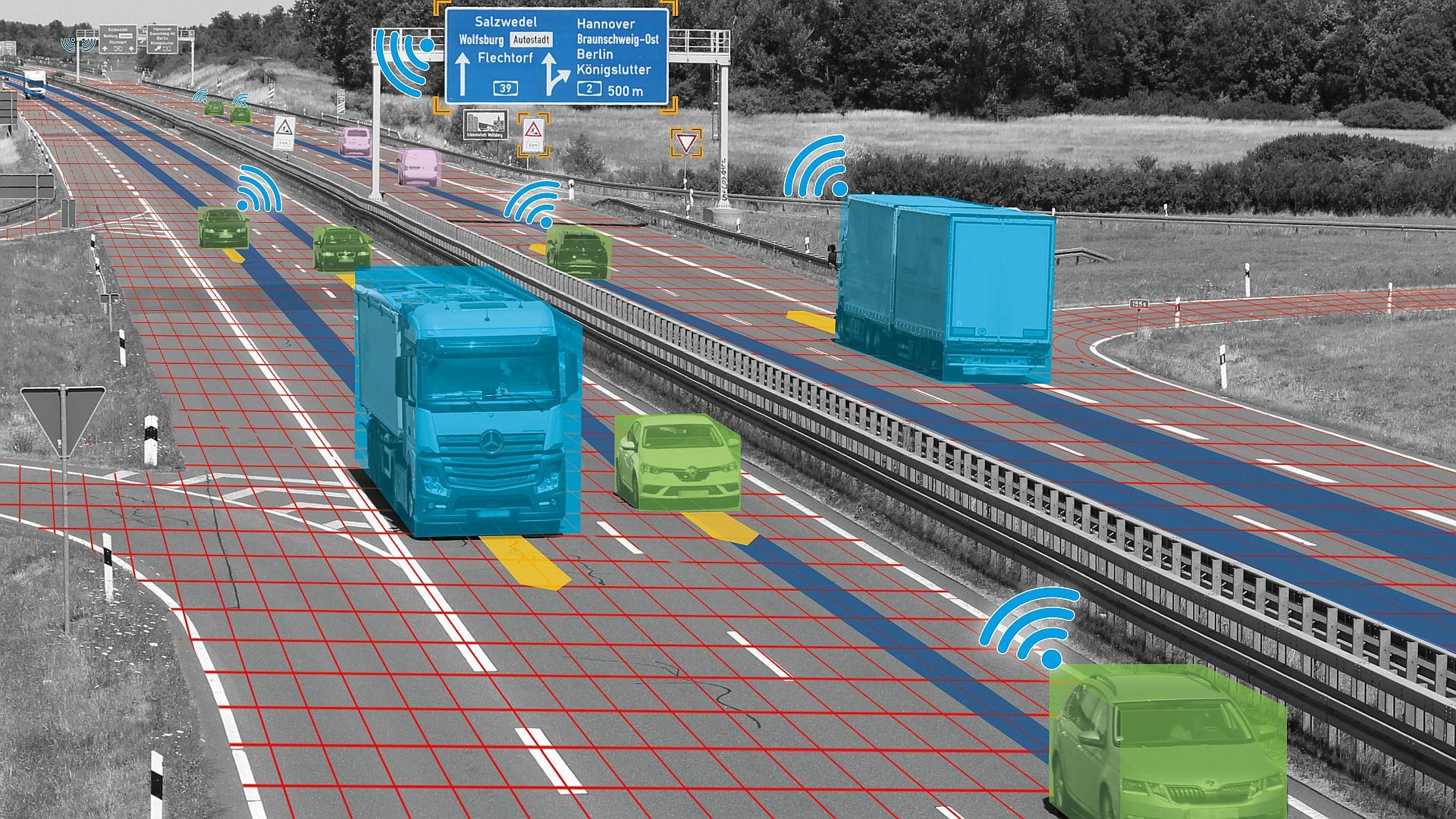-
Update of intelligent transport systems rules
-
Crucial data on road transport will be available digitally
-
Traffic to be safer, more efficient and sustainable
EU Parliament and EU Council agreed on rules for intelligent transport systems that require more traffic data, such as on speed limits, to be available digitally.
The provisional agreement reached on Thursday on intelligent transport systems (ITS) rules will help digitalise the transport sector and ensure that data between mobility apps will be shared more widely in order to make mobility safer, more efficient and sustainable.
Data sharing
During the negotiations, MEPs supported covering more services, such as multimodal information, booking and ticketing services, communication between cars and infrastructure, and automated mobility.
They managed to include more crucial road and traffic data for online sharing. In addition to speed limits, road closures or roadworks, data on one-way streets in cities, traffic weight, length, width and height restrictions as well as conditions for circulation in regulated traffic zones will be included in a national database to be shared between EU countries, businesses and consumers.
Depending on the type of data, the deadline to make new information available digitally ranges from between the end of 2025 and the end of 2028. This will launch a process to deploy ITS more swiftly.
Basic principles
The deployment of ITS services will have to be technologically neutral, to foster interoperability, not discriminate against vulnerable road users and must ensure transparency of ranking, including on environmental effects, when proposing mobility options to customers.
In order to organise cross-border transport smoothly, EU member states will have to cooperate better when deploying ITS services, in particular on cross-border projects.
Quote
EP rapporteur Rovana Plumb (S&D, RO) said: “The deal will contribute to citizens’ safety on the road, will improve transport networks’ performance and services, whilst fostering connectivity and facilitating cooperation. Parliament secured an ambitious geographical scope and timeline for the data and services provided. By having deadlines for most types of data, we initiate a process that will speed up the deployment of intelligent transport systems and ensure that authorities at all levels start preparing for the new digital environment.”
Next steps
The informal deal still needs to be approved by Parliament’s Transport and Tourism Committee and the Council’s Committee of Permanent Representatives, and then the Parliament and Council as a whole.
Source – EU Parliament: https://www.europarl.europa.eu/news/en/press-room/20230605IPR94608/deal-on-digital-traffic-data-rules
Modernisation of intelligent transport systems for safer and more fuel-efficient driving
A major step towards a low-carbon road transport policy was reached today by the European Parliament and the Council meeting in trilogue, to modernise European legislation on intelligent transport systems (ITS). This text aims to make essential ITS mandatory throughout the EU and to solve problems related to the lack of interoperability and continuity of digital applications and services, such as multimodal information, reservation services for parking places for trucks and commercial vehicles or communication between motorists and infrastructure. The more information a driver has, the better he adapts his driving and limits his emissions.
Renew Europe has played an active role in strengthening road telematics in this legislation, with the widest possible geographical coverage of available data. Roads and motorways within the trans-European networks will have to communicate information such as access conditions to tunnels, bridges, speed limits and overtaking bans for heavy goods vehicles as well as weight and size restrictions.
Izaskun BILBAO (EAJ-PNV, Spain), Renew Europe shadow rapporteur for the revision of the ITS Directive, in the Parliament’s Transport Committee, said:
“This initiative is an example of how digitalisation and decarbonisation go hand in hand to improve our lives. The big data resulting from the digitisation of mobility enables new services and promotes the best transport combinations with maximum efficiency, avoiding saturation. Users make better informed choices and can reward the most sustainable mobility options with their purchases. In addition, we have better tools to design taxation in favour of sustainable mobility. Green deal in its purest form at the service of people and the planet”.

